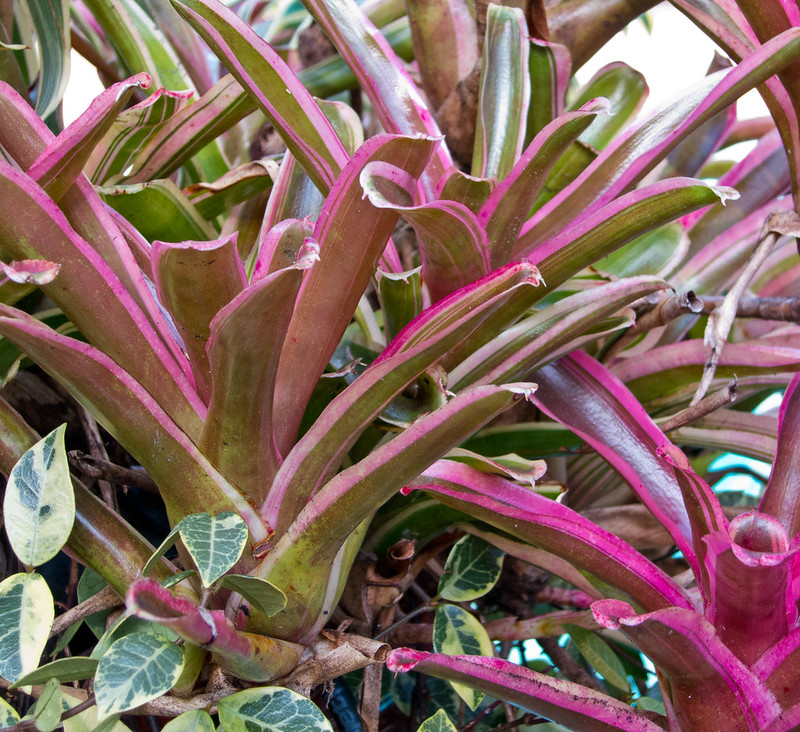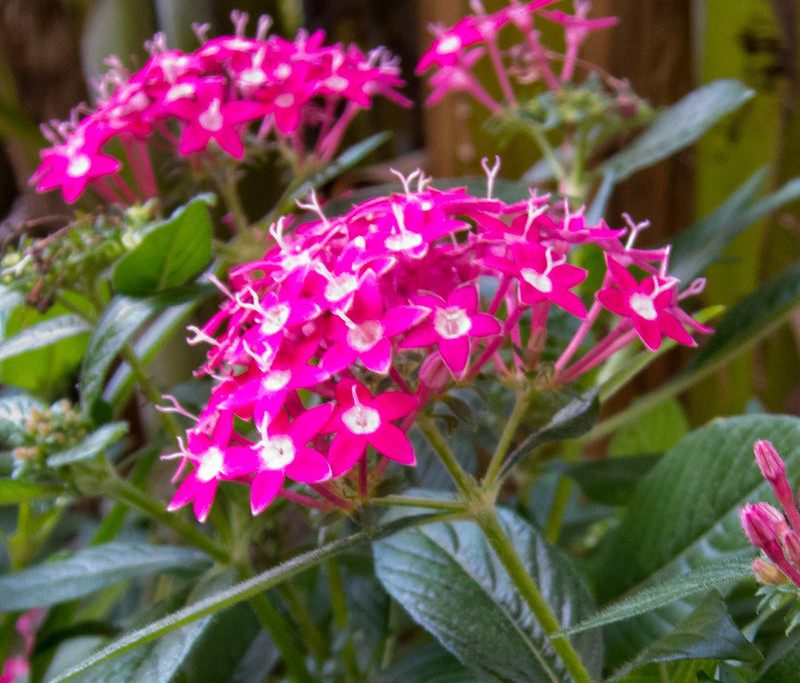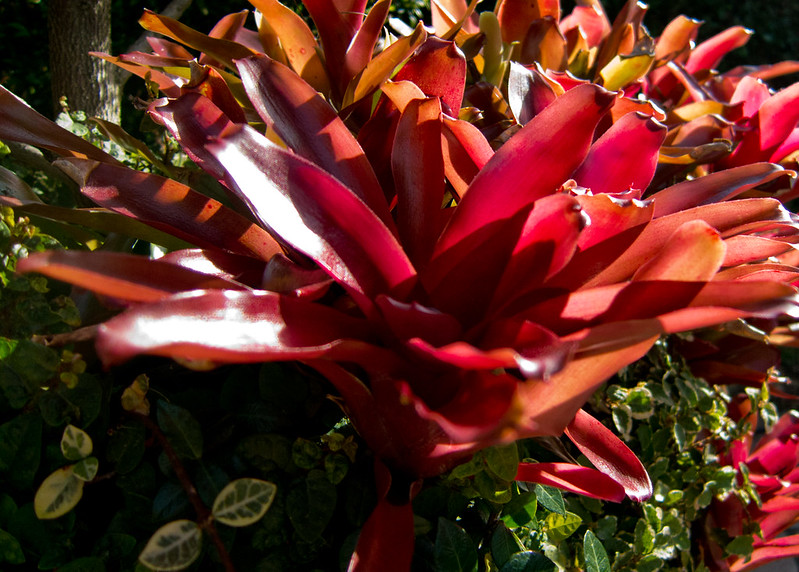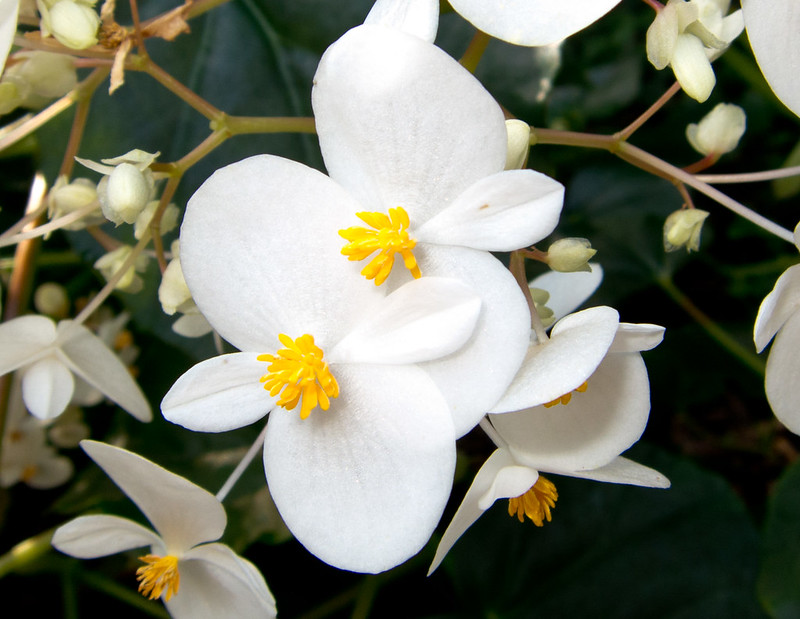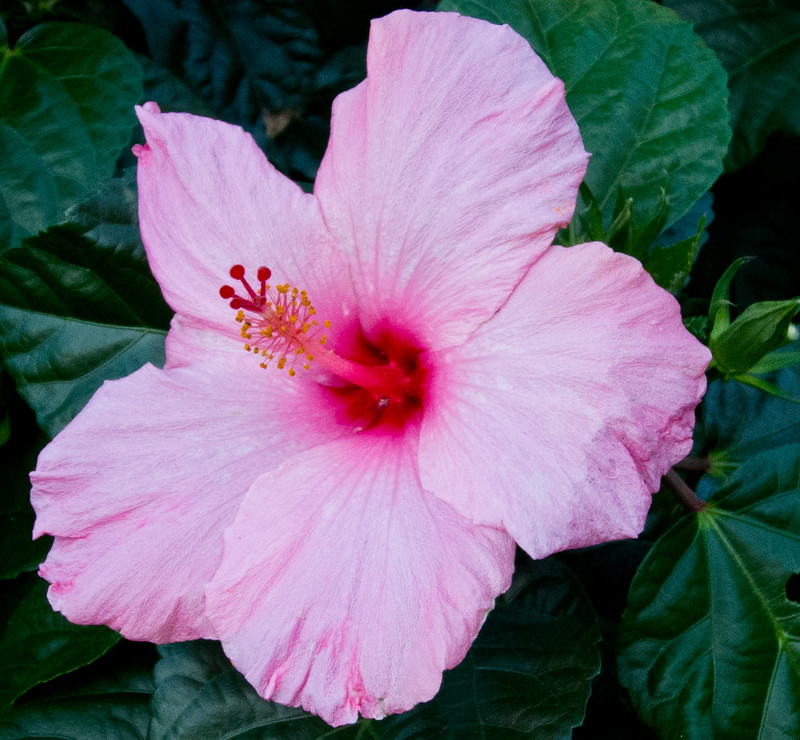
Here are the Seedlings, all ready for transplanting.
Jiffy Greenhouse on the bottom right, Burpee Greenhouse on the top right.
Go here for how to transplant from a Jiffy Greenhouse.

Here we have an up close view of the Green Beans.
The directions says to use a tool to help remove the root ball from the Greenhouse.
I'm using a disposable tongue depressor.
They're cheap, biodegradable, and have many uses in the garden: seedling plant stakes, digging holes for seeds, writing names on them, etc.

As you can see, I'm gently separating the root ball from the Greenhouse cell.
I'm going to reach under the cell and push up on it to loosen the bottom of the root ball, and if it works right, it will pop out of its holder and into my hand.
Remember, be careful and gentle and move slowly. The seedlings are fragile.

If all goes well, you should end up with a green bean with a root ball that looks similar to this.
If you don't see roots wrapped around the plant, you may need to wait longer before transplanting. Try to put it back in the cell if you can.
Otherwise, move on to then next step.

While supporting the plant in one hand, use your fingernails to gently separate the root strands.
Try not to break any, just detangle them from the root ball as seen here.
Some people say to pick apart every bit of root ball, but I'd just get the biggest roots apart just to give the plant room to grow.
I've killed seedlings trying to pick all the roots apart.

Next, prepare the pot. I'm using peat moss I picked up from Home Depot mixed with a little bit of the garden soil.
I'm not transplanting these into the garden just yet. These pictures were taken in mid-March, it was much too cold still.
It's April now, and I'm still waiting a few weeks before transplanting to the garden.
Dig the hold just wider than the root ball, and deep enough so the roots you detangled can spread out.

Then, with both hands, gently place the seedling into the pot.
It's much easier to do this if the soil is damp already.
Not only is it easier to plant, you can tell how much soil you need in the pot if it's compressed down a bit.

And there you have it: transplanted green beans.
I'm leaving these guys inside under lights mostly still, but if the weather is good they are outside in the part sun/shade to get used to the outdoors.
In a few more weeks, they'll go outside to the garden.


